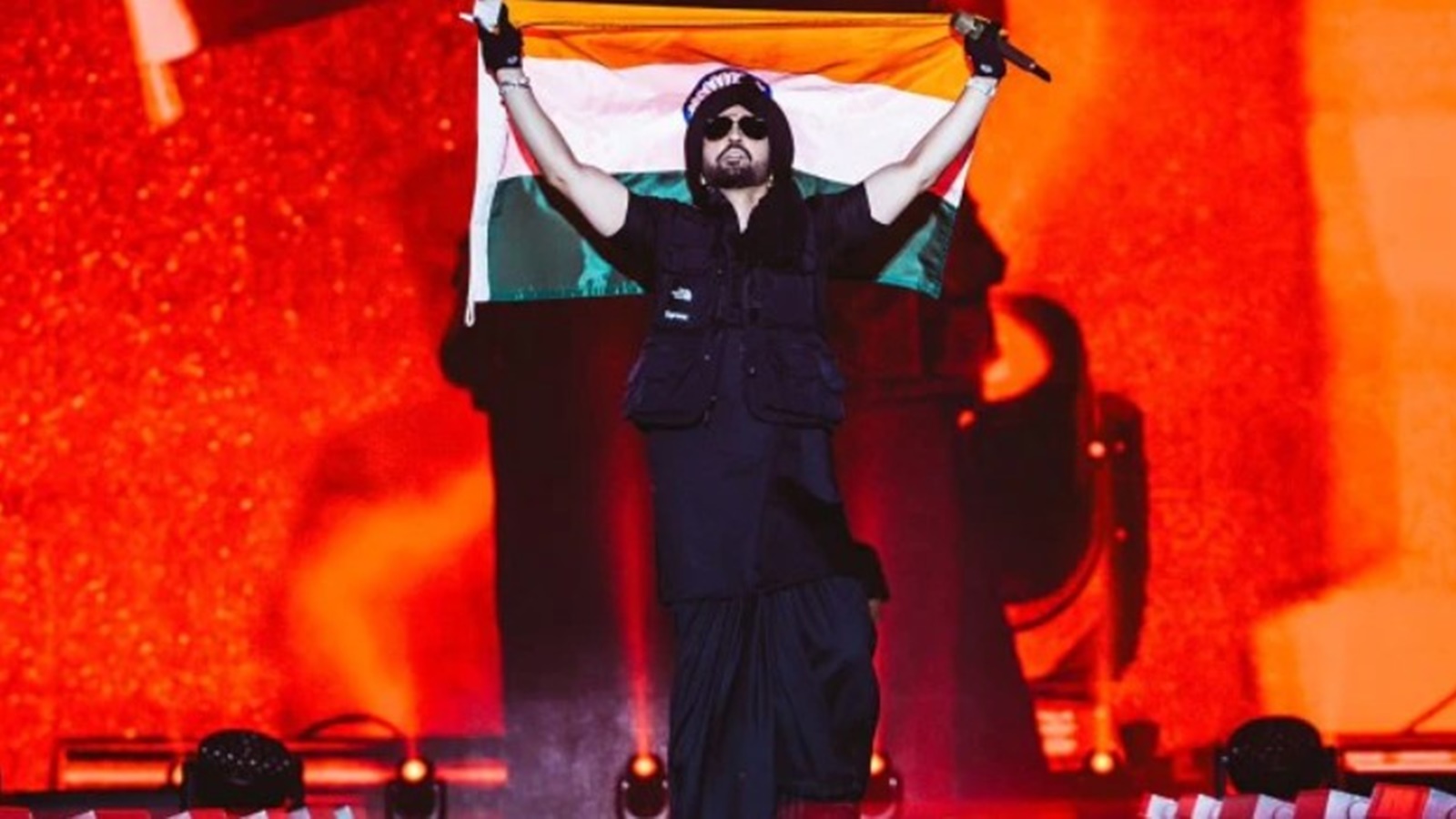 |
|
The recent controversy surrounding the censorship of Punjabi singer Diljit Dosanjh's songs in Hyderabad highlights a complex issue at the intersection of artistic expression, government regulation, and cultural norms. The Telangana government's decision to prevent Dosanjh from performing songs referencing alcohol, drugs, and violence, specifically citing 'Patiala Peg,' '5 Taara,' and 'Case,' raises crucial questions about the extent of artistic license and the potential for censorship to be wielded inconsistently and based on subjective moral judgments. The fact that Telangana, a state with high alcohol consumption according to the NIPFP, chose to target Dosanjh, who hadn't even performed there before, adds another layer of irony to the situation. Dosanjh's clever response, modifying lyrics to satirize the situation, underscores the absurdity of the censorship and the underlying hypocrisy.
The article rightly points out the double standard at play. While Dosanjh's songs contain relatively mild references to alcohol – often within a narrative context – many other Indian artists have gotten away with far more explicit and problematic content, including misogyny and violence. The disproportionate targeting of Dosanjh seems arbitrary and selectively moralistic. The government's attempt to control the cultural landscape through censorship is a slippery slope, and raises concerns about freedom of expression and the selective enforcement of rules. The question remains: How do we define acceptable boundaries in art without stifling creativity and imposing puritanical views?
A deeper look into the cultural context is also necessary. The shift in Punjabi music from traditional themes to more aggressive, often misogynistic content is a complex phenomenon linked to social and economic factors. The influence of the internet and the widespread exposure to such themes has arguably led to a normalization of certain behaviors, making the government's attempt to control it through censorship even more problematic. The argument that exposure to such themes influences behavior raises concerns about the efficacy of censorship as a solution to broader societal issues like drug abuse and violence. Educating the public and addressing the root causes of these issues may be more effective than simply silencing artists who depict them.
Dosanjh's unique position as a globally successful Punjabi artist adds further weight to the debate. His outspoken support for farmers' protests and his gesture of goodwill toward a Pakistani fan demonstrate his commitment to social justice and cross-cultural understanding. His willingness to take a political stand and engage with broader societal issues further complicates the government's attempt to silence him. The controversy highlights the challenge of balancing creative expression with concerns about societal impact, and raises concerns about the government's role in dictating artistic standards. The incident underscores the importance of protecting artistic freedom, while also acknowledging the need for responsible and ethical content creation.
The author's use of historical and literary examples, referencing ghazals and Kishore Kumar's songs, strengthens the argument against censorship. The suggestion that we should ban all art depicting potentially problematic themes is absurd. The article rightly points out the hypocrisy of prohibiting certain artistic expressions while ignoring the abundance of other forms of media that glorify violence, misogyny, and other socially undesirable behaviors. The inconsistency and selective nature of the censorship highlight the arbitrary and subjective basis for the government's decision. This ultimately raises concerns about the abuse of power and the silencing of dissenting voices.
The article concludes by emphasizing the need for a more nuanced approach to artistic expression. Instead of resorting to censorship, a more effective strategy would be to encourage responsible content creation while protecting artistic freedom. The focus should be on addressing the root causes of social problems rather than attempting to control their depiction through censorship. The case of Diljit Dosanjh serves as a potent reminder of the importance of balancing cultural concerns with the fundamental right to artistic expression, and of the potential for censorship to be misused and to be ultimately ineffective in addressing complex societal problems. The author rightly calls for a more mature and thoughtful consideration of these issues, urging us to engage in critical analysis rather than resorting to simplistic and ultimately counterproductive forms of control.
Source: Why censoring Diljit Dosanjh for ‘Patiala Peg’ is ridiculous – and hypocritical
